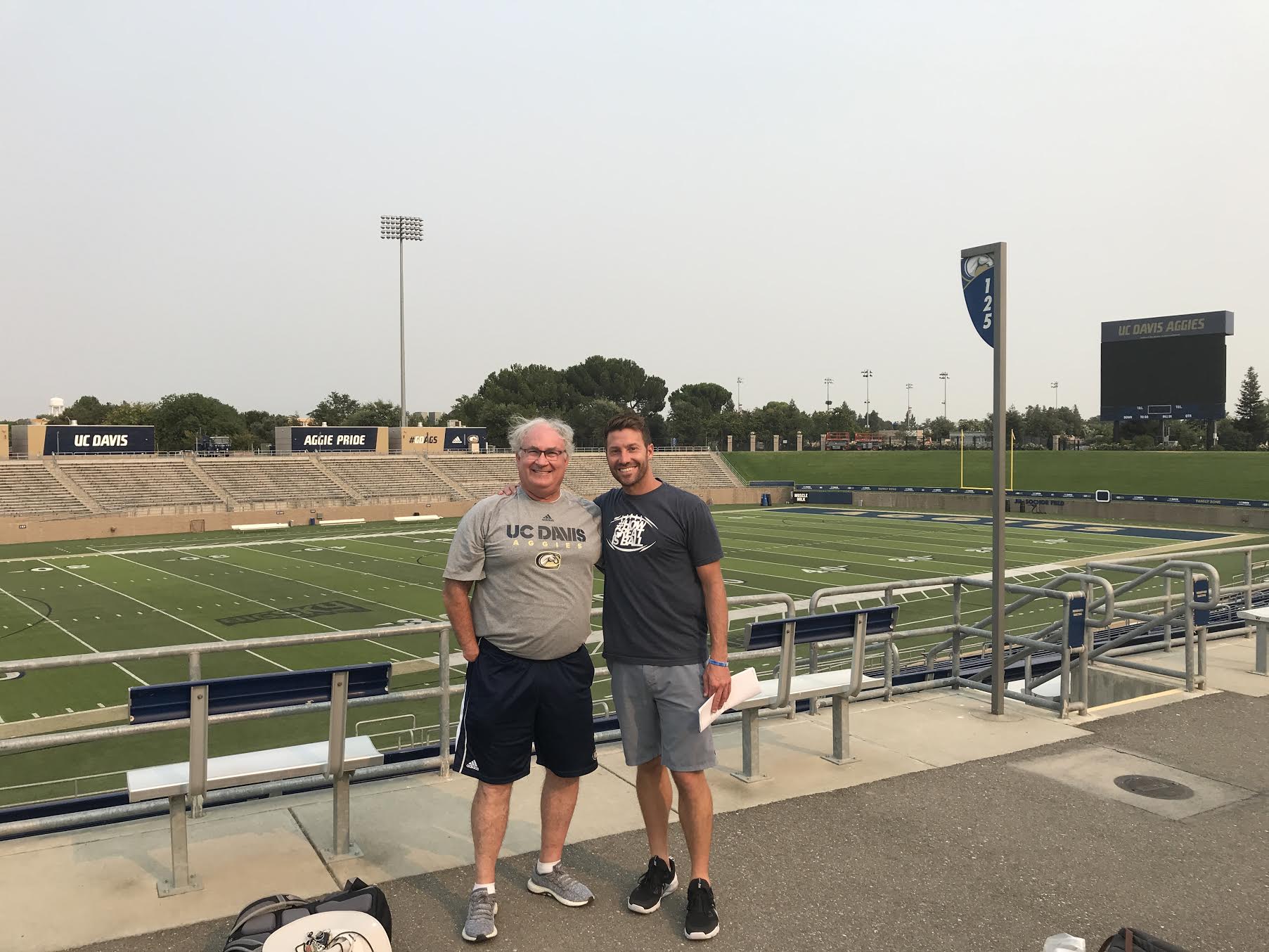| As we enter week 4 of the college football season, so much attention is being placed on performance. The true identities of teams, as well as the playmakers and leaders that make them up, are coming into scope with every highlight-reel play, devastating loss or notable injury. But what’s going on behind the scenes is equally as important, and in many cases is a direct causation of what happens on the team. The ways in which coaches and teammates communicate, the hours of work players put in when others are sleeping, and the moral standard set and maintained by a program’s leaders may not make headlines, but they are what determines the trajectory of a team’s season week after week. Talent may make plays, but it won’t help you when you step onto the field down by 3 with 2 minutes left to go. Either you have faith in your own preparation and the guys around you, or you don’t. After having coached some of the best talent in the country, trust me when I tell you that it’s all about the culture.
I touched on this briefly last week while discussing my conversation with Washington Defensive Coordinator Jimmy Lake. Jimmy only recruits the players he believes have the personality traits necessary to succeed, knowing that each person the Huskies sign on will impact the culture of their program. As I prepare to head up to Seattle for their matchup with Arizona State, I wanted to expand on the theme of culture with my takeaways from last week:
1. We’ll stay with UW for this one. On 3rd and goal in the second half of a tough game against Utah, Jake Browning threw this touchdown to put the Huskies up by two touchdowns. He rolls to the left, then gets his hips back and puts the ball right on the money to his receiver in the back corner of the end zone. It’s a throw that even elite level quarterbacks can’t pull off in practice, let alone with the game on the line on 3rd down. It reminded me of a story that Tony Romo told at Elite 11: When he was young—during the winter months in Wisconsin—Romo would stay up late in his basement making these kinds of throws – sidearm on the run, or going back across his body – using pillows as his receivers. Anybody can say they want something, but few people are willing to put in the work—the lonely work—required to get it. And those that do are the ones that influence the culture at whatever team or organization they are a part of.
2. I got a chance to speak with Stanford coach David Shaw after the Cardinal took down UC Davis, and he told me another story that reminded me of the importance of team culture. When he worked for the Raiders led by Al Davis, Shaw quickly learned how seriously they took the NFL draft in Oakland. Every player – not just the ones being talked about by the media – was scouted. The Raiders would watch tape in a specific way; Davis would sit at the front of the room, right by the screen, with his staff behind him. As they all watched film he’d call out questions – “Where’d this kid go to high school? What was his 40?” His staff had to know absolutely everything. Shaw saw first hand that preparation was everything. Knowing a surface-level amount of information could get you somewhere, but in order to truly maximize his potential—and that of the Raiders—he had to go deep. Al Davis, or ‘Mr. Davis,’ was successful in instilling a culture that inspired people like Coach Shaw to do so.
3. Lastly, any culture that breeds success allows its contributors to reap the rewards. A coach’s number one responsibility is to motivate their players, and in the last few years we’ve seen some unique ways it’s being done. There was last year’s turnover chain at Miami, the Florida State backpack, and, most surprisingly, a turnover chainsaw for players at Oregon State. It’s awesome to see a player get the attention they deserve from their coaches and teammates after making a play, and I guarantee they come away even more inspired to give everything they have—from daily practices to late-night workouts to making the right decisions off the field—for the entire season.
What defines your team or workplace culture? How are you contributing or taking away from it, or what do you see about it that needs correcting? Tell me your experience via social media, and consider forwarding this email to anyone you know that may be interested.
Much Love,
Yogi
Two prime examples of leaders from last week:
1. I had the chance to sit down with two legends, Vince Young and Matt Leinart, to discuss the epic National Championship game between USC and UT from 2006 in preparation for the teams’ rematch this past weekend. Check out the conversation!
2. My most recent podcast was with Mark Speckman, another legend and incredible leader. Our insightful conversation went into depth about how he has overcome perceived physical hardships and achieved great success by just figuring it out. Listen to his truly inspirational story to see how he has revolutionized the game of football and how he continues to motivate his players every day. |

